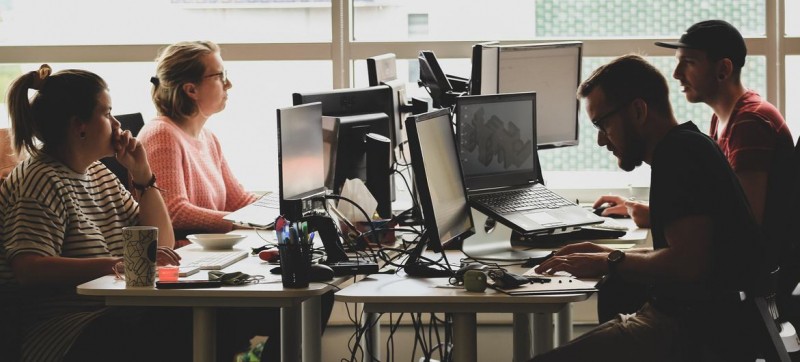People at work. With an estimated 12 billion workdays lost annually due to depression and anxiety, costing the global economy nearly $1 trillion, more action is needed to tackle mental health issues at work, the World Health Organization (WHO) and the International Labour Organization (ILO) said on Wednesday. The UN agencies have launched two publications which aim to prevent negative work situations and cultures while also offering mental health protection and support for employees. 
An estimated 12 billion workdays are lost annually due to depression & anxiety, costing the 🌍 economy nearly US$ 1 trillion.@ilo and @WHO call for new measures to tackle mental health issues at work.
Check out the 🆕 #MentalHealthAtWork policy brief.
👉https://t.co/dsflheoVd7 pic.twitter.com/OKuv5VX7JS— International Labour Organization (@ilo) September 28, 2022
Performance and productivity affected
“It’s time to focus on the detrimental effect work can have on our mental health,” said Tedros Adhanom Ghebreyesus, Director-General at WHO, which has issued global guidelines on the issue.
“The well-being of the individual is reason enough to act, but poor mental health can also have a debilitating impact on a person’s performance and productivity.”
The WHO guidelines contain actions to tackle risks to mental health at work such as heavy workloads, negative behaviours, and other factors that can create distress.
For the first time, the UN health agency recommends manager training, to build their capacity to prevent stressful work environments and respond to workers’ needs.
A workplace taboo
WHO’s World Mental Health Report, published in June, revealed that of one billion people estimated to be living with a mental disorder in 2019, 15 per cent of working-age adults experienced a mental disorder.
The workplace amplifies wider societal issues that negatively affect mental health, including discrimination and inequality, the agency said.
Bullying and psychological violence, also known as “mobbing,” is a key complaint of workplace harassment that has a negative impact on mental health. However, discussing or disclosing mental health remains a taboo in work settings globally.
The guidelines also recommend better ways to accommodate the needs of workers with mental health conditions and proposes interventions that support their return to work.
Increasing opportunities
They also outline measures to ease entry into the jobs market, for those workers with severe mental health conditions.
Importantly, the guidelines call for interventions for the protection of health, humanitarian, and emergency workers.
A separate policy brief with ILO explains the WHO guidelines in terms of practical strategies for governments, employers and workers, and their organizations, in both the public and private sectors.
The objective is to support the prevention of mental health risks, protect and promote mental health at work, and support those with mental health conditions, so they can participate and thrive at work.
“As people spend a large proportion of their lives in work – a safe and healthy working environment is critical,” said, Guy Ryder, the ILO Director-General.
“We need to invest to build a culture of prevention around mental health at work, reshape the work environment to stop stigma and social exclusion, and ensure employees with mental health conditions feel protected and supported.”
ILO’s Convention on occupational safety and health, and a related recommendation, provide legal frameworks to safeguard workers.
Lack of national programmes
However, only 35 per cent of countries reported having national programmes for work-related mental health promotion and prevention.
The COVID-19 pandemic triggered a 25 per cent increase in general anxiety and depression worldwide, according to a WHO study published in March.
The crisis exposed how unprepared governments were for its impact on mental health, as well as a chronic global shortage of mental health resources.
In 2020, governments worldwide spent an average of just two per cent of health budgets on mental health, with lower-middle income countries allocating less than one per cent.

